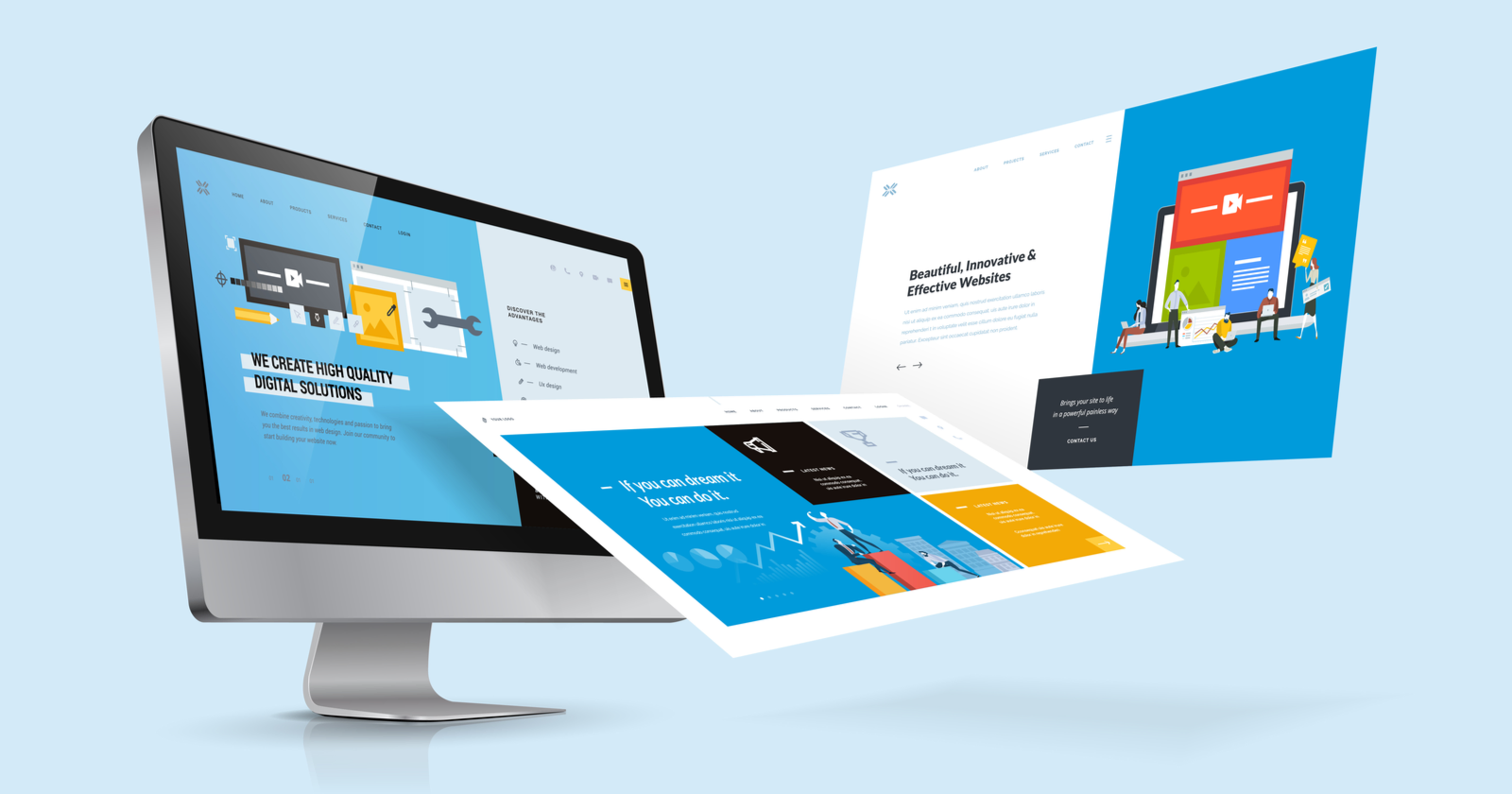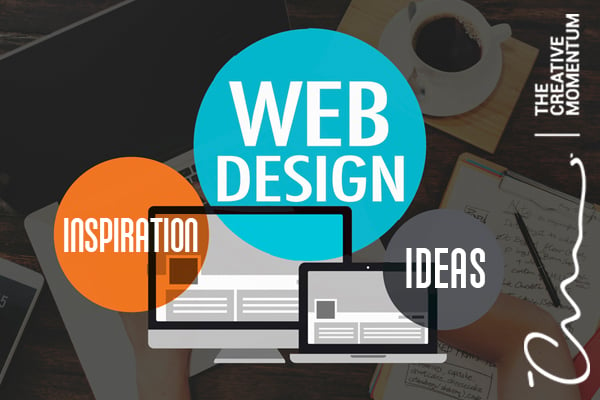Unveiling the Essential Aspects of Efficient Web Style for Transforming Site Visitors Into Clients
In the huge landscape of the electronic world, the art of website design stands as a crucial pressure in changing plain site visitors right into devoted clients. As services aim to carve their distinct online existence, it becomes increasingly necessary to harness the power of effective web layout components. From smooth navigation that guides users easily via a site to visually captivating aesthetic appeals that leave a long lasting impression, the components that compose an effective site are multifaceted. In the middle of this complexity exists a typical thread-- a string that when pulled, unravels the keys to transforming laid-back browsers right into dedicated clientele (website developer).
User-Friendly Navigation
User-Friendly Navigating is a necessary component of an efficient site layout, guaranteeing smooth user experience and promoting easy access to details. A well-thought-out navigation system guides users with the website, assisting them locate what they are looking for rapidly and effectively. Clear and instinctive navigation menus, such as an efficient dropdown food selection or a sticky navigating bar, can significantly enhance individual contentment and involvement.
When designing user-friendly navigation, it is important to maintain it straightforward and regular across all pages. Users ought to be able to navigate the site effortlessly without having to guess where to find particular information. Including a search bar can also improve navigation, allowing users to directly look for what they require. Moreover, including breadcrumbs can aid customers recognize their current location within the website hierarchy, making it easier for them to backtrack or explore relevant web pages.
Compelling Visuals
Incorporating captivating images and graphics is critical in enhancing the aesthetic charm and overall customer experience of a web site. Compelling visuals have the power to involve visitors from the minute they arrive on a page, drawing them in and urging additional exploration. High-grade pictures that pertain to the material not only make the internet site cosmetically pleasing but additionally help share info better. It is vital to strike a balance between message and visuals to create a harmonious format that keeps customers interested and encourages them to remain on the website.
Furthermore, using video clips, infographics, computer animations, and various other interactive visual elements can additionally enrich the user experience. These vibrant parts not only break the dullness of text but also supply a memorable and immersive browsing experience. website designer. It is important to make certain that the visuals are optimized for quick packing times to stop customer frustration. By incorporating compelling visuals strategically throughout the website, services can leave an enduring impact on site visitors and raise the possibility of converting them into loyal consumers.
Clear Call-to-Actions

The phrasing of a CTA need to be succinct and convincing, clearly specifying the benefit or worth proposition for the user. By enhancing your CTAs for clarity and influence, you can raise the chance of transforming visitors into loyal consumers.

Mobile Responsiveness
Enhancing a website for mobile responsiveness is vital in today's electronic landscape to guarantee seamless customer experience throughout various devices (web developer). With the raising usage of smartphones and tablets, a web site that is not mobile-responsive can cause irritating customer experiences, high bounce prices, and inevitably, loss of prospective consumers
Mobile responsiveness entails making a website in a manner that it automatically adjusts its layout, content, and features to suit the screen size and capacities of the tool being utilized. This guarantees that users have a regular and enhanced experience whether they access the site on a computer, a smart device, or a tablet.
Trust-Building Elements
Implementing trust-building components on a web site is necessary to develop credibility and foster self-confidence among site visitors, eventually enhancing the likelihood of converting them right into devoted customers. One essential trust-building component is professional web design services presenting client testimonials and evaluations prominently. Favorable responses from pleased consumers can comfort new visitors about the dependability and high quality of the service or products provided. In addition, showcasing count on badges from reliable security carriers, such as SSL certifications or payment gateway logos, can help instill confidence in the site's safety procedures, ensuring site visitors that their personal info is safe.
An additional efficient trust-building strategy is giving clear and clear info concerning the business, consisting of contact details, physical address, and an engaging 'About United States' page. This transparency shows responsibility and credibility, making site visitors much more comfy with engaging and making purchases on the web site. Incorporating trust signals like industry affiliations, honors, or qualifications can additionally improve the site's trustworthiness and distinguish it from competitors. By incorporating these trust-building aspects, websites can develop a credible environment that urges visitors to come to be devoted customers.
Conclusion
Finally, reliable internet design plays a vital duty in transforming visitors into clients. Easy to use navigating, engaging visuals, clear call-to-actions, mobile responsiveness, and trust-building components are essential components for a successful site. By integrating these aspects, organizations can develop a smooth and interesting online experience for their site visitors, inevitably bring about increased conversions and customer commitment.

Including exciting images and graphics is instrumental in enhancing the visual charm and general individual experience of a web site.